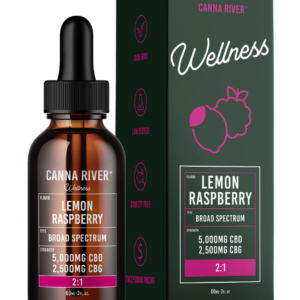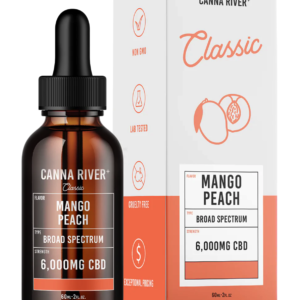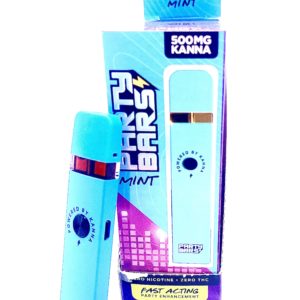The NY Times and USA Today published articles that condemn Kratom, an all natural medicinal plant, under the regard that its addictive and “causes effects like heroin.” In their articles they do not cite scientific fact or ANY evidence showing Kratom has any short or long-term side effects on human health. A Washington DC based Think Tank, Cato Institute, published an article the day after the NY Times piece and presented the facts about addiction, http://www.cato.org/blog/addiction-problem-case-kartom. In short, long-term use of Kratom has not scientifically been shown to harm health. Whereas long term use of LEGAL drugs like alcohol and tobacco can lead to cirrhosis and lung cancer, which kills people. To date there has not been a single death caused by Kratom alone.
In the case of the NY Times article we get Alan Schwarz’s story that is void of any fact, scientific evidence, or clinical data. Maybe that’s because Schwarz is a sports writer and a frequent contributor to Baseball America. There’s no doubt he’s a fantastic sports writer, but its possible this is the reason the article did not contain anything but testimonies from former heroin addicts, and would do best writing about baseball instead.
Had he taken the time to contact the www.Botanicallegaldefense.org or Professor Christopher McCurdy Ph.D. from University of Mississippi School of Pharmacy, who has been conducting research on Kratom for more than three years, he may have found the following. “Mitragynine (The most abundant alkaloid in Kratom) completely blocked all withdrawal symptoms and could provide a remarkable step-down-like treatment for people addicted to hardcore narcotics such as morphine, oxycodone or heroin,” McCurdy said.
Their attack on an age old, natural medicinal plant like Kratom is a true paradox given the NY Times did a 6 part editorial called “High Time: An Editorial Series on Marijuana Legalization.” Yes Marijuana, another natural medicinal plant. http://www.nytimes.com/interactive/2014/07/27/opinion/sunday/high-time-marijuana-legalization.html.
The NY Times makes it very clear in their six part series that the negative myths about marijuana for 80 years have been disproven because of the factual evidence we now possess. Surely several centuries of traditional use of Kratom, the support of safety by US doctors, a body of scientific evidence and clinical study on Kratom is just as valid as for Marijuana. Comparing Kratom to herion just further proves the lack of research that went into this piece.
Speaking of heroin, Ms. Pankova, the recovering heroin addict in the NY Times piece mentioned, “It’s a huge epidemic down here” referring to Kratom use in Florida. Typhoid was an epidemic and so was Influenza; Kratom is not the epidemic that is crippling America. In 2015 NY Times published a piece called, “Vermont Heroin Epidemic” and USA Today released, “Heroin use surges, addicting more women and middle-class”. In the USA Today piece Thomas Frieden, the Director of Center for Disease Control and Prevention said “He’s alarmed that the reach of heroin is expanding — a trend that could make it harder to fight the epidemic.” Director Frieden goes on to say, “Prescription opiates have become a gateway drug” People start with prescription opiates, then move onto heroin because it’s cheaper. People do not start with Kratom then move on to heroin or prescription drugs. According to Dr. Timothy Westlake, a physician from Oconomowoc and member of the Wisconsin Controlled Substances Board says, “We’re trying to decrease the amount of opiates that are prescribed for pain. (Kratom) is not a panacea, but the addictive potential seems a heck of a lot less than that of opiates”
Kratom comes from the Rubiaceae family, which is the same family that the coffee plant comes from. Yes America’s favorite addiction coffee is a close family member of Kratom, with each not having any short or long-term side effects on human health. In fact it was scientifically determined that the lethal dose of Kratom is 1:233, which proves that Kratom is safer than caffeine 1:84, nicotine 1:21, acetaminophen 1:34, and is virtually impossible to overdose on. Kratom and its constituents have shown no acute toxicity[1], displays powerful antioxidant and antibacterial properties[2], assists with drug and alcohol withdrawal symptoms[3], contains several oxindole alkaloids, which have exhibited potent immunomodulation properties, and even contains constituents that have exhibited anti-cancer properties.[4] A brief search in any scholarly database will present plenty of peer reviewed studies and clinical trials that can attest to the medical potential of this plant.
With this information so easily accessible in an age where we all walk around with mobile computers in our pockets, it’s amazing how such powerful, well informed news outlets could mistake a heroin epidemic that is crippling America for a Kratom one. The time for sensational news articles on Kratom is over. Especially when they potentially destroy any future research of Kratom that might help ease the suffering of so many. Let us not draw conclusions on Kratom based on exaggerated rumors and lies, but instead educate one another with the facts to create a better, healthier future.
[1] S.N. Harizala, b, c, , S.M. Mansorb, , J. Hasnanc, J.K.J. Tharakana and J. Abdullaha ?Department of Neurosciences, School of Medical Sciences, Universiti Sains Malaysia,?Centre for Drug Research, Universiti Sains Malaysia?Department of Pathology, School of Medical Sciences, Universiti Sains Malaysia? 2010
[2] Evaluation of Antioxidant and Antibacterial Activities of Aqueous, Methanolic and Alkaloid Extracts from Mitragyna Speciosa (Rubiaceae Family) Leaves.?Suhanya Parthasarathy,Juzaili Bin Azizi, Surash Ramanathan, , Sabariah Ismail, Sreenivasan Sasidharan, Mohd Ikram Mohd. Said and Sharif Mahsufi Mansor.
Universiti Sains Malaysia, Penang, Malaysia?Institute for Research in Molecular Medicine, Malaysia?Universiti Kebangsaan Malaysia Selangor, Malaysia?2009
[3] Fitoterapia Volume 78, Issue 3, April 2007, Pages 182-185
[4] García Prado, E., et al. “Antiproliferative effects of mitraphylline, a pentacyclic oxindole alkaloid of Uncaria tomentosa on human glioma and neuroblastoma cell lines.” Phytomedicine. 2007; 14(4): 280-4.




